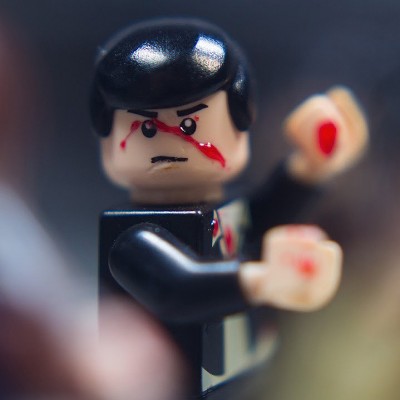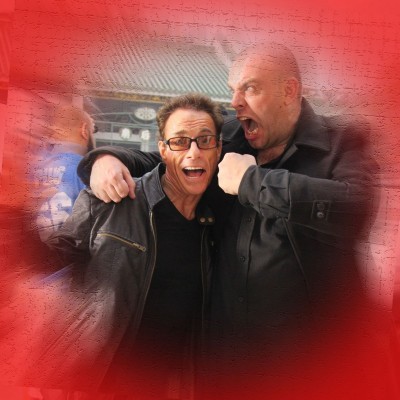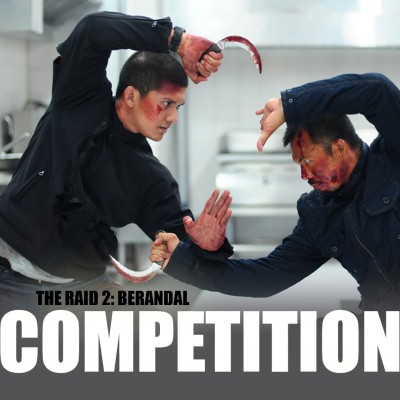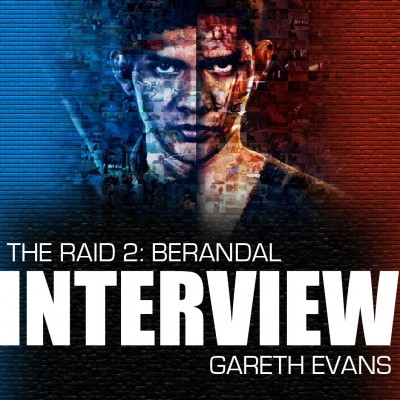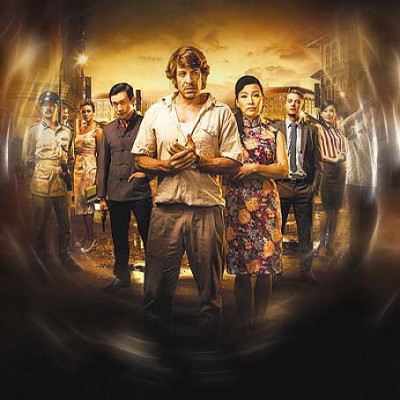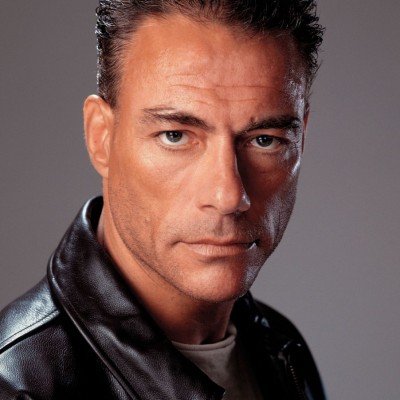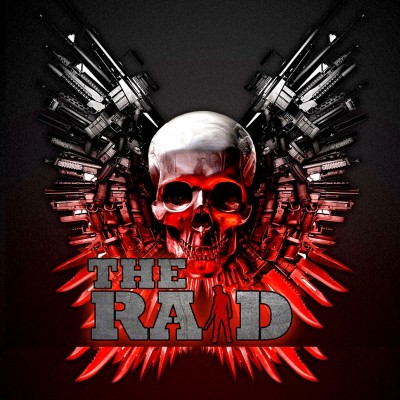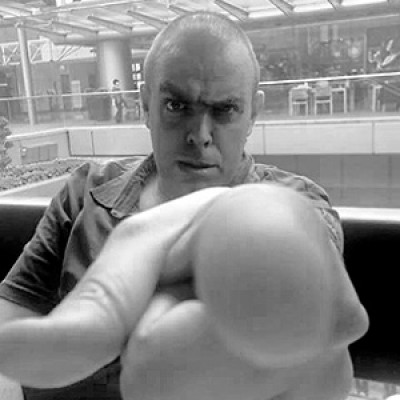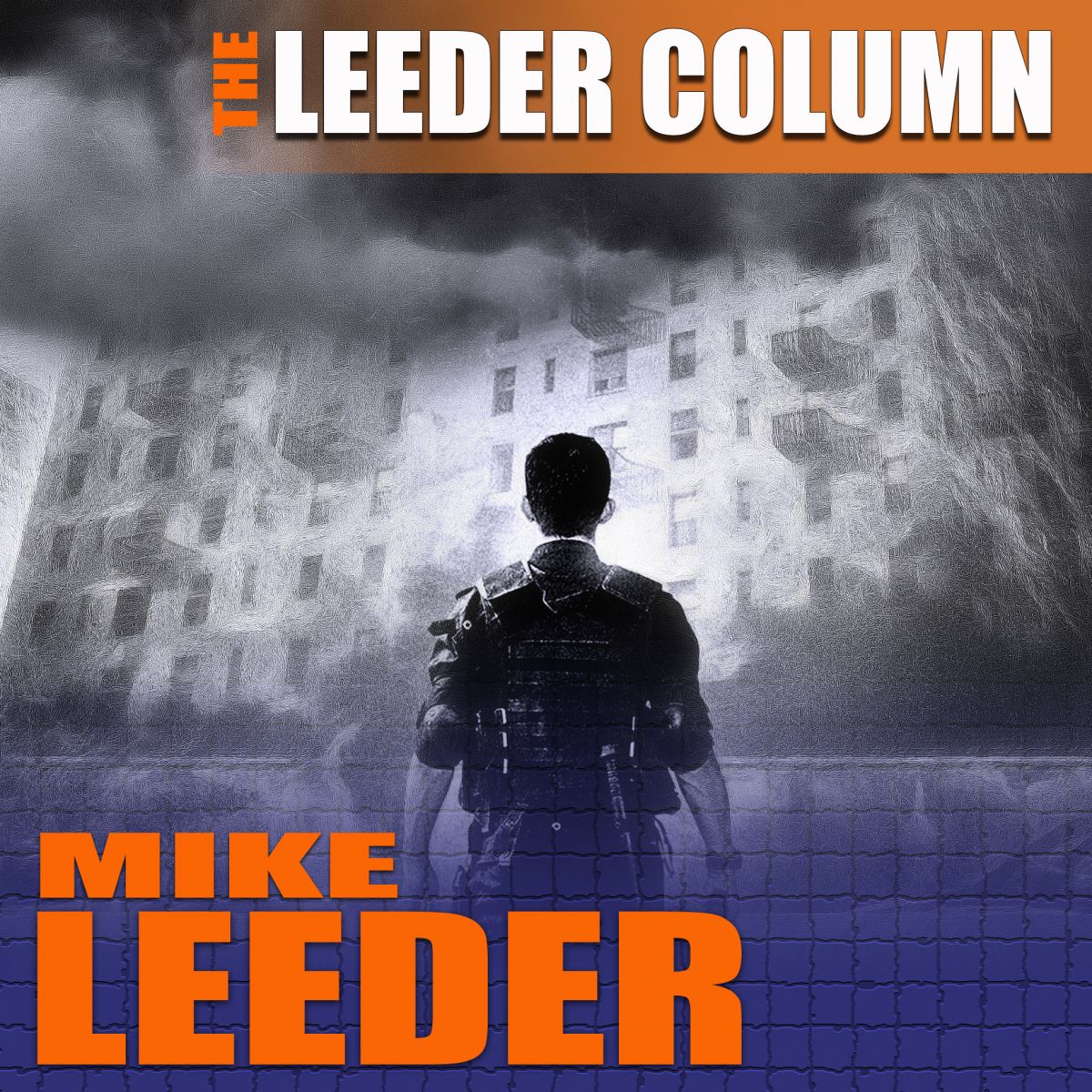 It’s strange to think that Indonesian action cinema was introduced to most people by a Welshman, Gareth Evans who revived the genre with the 2009 release of the full blooded martial arts movie Merantau/Merantau Warrior. The film introduced the world to a new martial arts hero in the form of the very talented Iko Uwais, and came to the screen courtesy of writer/director Gareth Evans who had fallen in love with the Indonesian martial arts style known as Silat, while shooting a documentary a few years earlier. The film was well received both at home and internationally, and Evans began developing a second movie that would reunite most of the cast and crew for the movie which would become The Raid or The Raid: Redemption.
It’s strange to think that Indonesian action cinema was introduced to most people by a Welshman, Gareth Evans who revived the genre with the 2009 release of the full blooded martial arts movie Merantau/Merantau Warrior. The film introduced the world to a new martial arts hero in the form of the very talented Iko Uwais, and came to the screen courtesy of writer/director Gareth Evans who had fallen in love with the Indonesian martial arts style known as Silat, while shooting a documentary a few years earlier. The film was well received both at home and internationally, and Evans began developing a second movie that would reunite most of the cast and crew for the movie which would become The Raid or The Raid: Redemption.
The film was released internationally to very strong critical and audience response and there’s an English language remake in the works and the sequel The Raid 2: Berandal is currently in post-production, so we thought it was an apt time to revisit an interview that Mike Leeder did with Evans that has never been run in Impact until now…
Impact: Can you describe how you described The Raid in the original 'pitch'?
Gareth Evans: The Raid is an all-out action film about an elite SWAT team that enters a building long considered a no-go zone for the Cops to bring down its owner, a drug baron named Tama. When they are spotted they come under attack from every room and every floor, and have to battle their way out level by level in the hope of surviving.
What was the genesis of The Raid? I know you were originally planning a very different movie as your follow up to Merantau. What kind of films were an influence on this project?
After Merantau, I’d began developing a movie called Berandal.It was supposed to be a standalone flick, a prison/gangster movie that show a tougher edge to Iko and our choreography. We had everything prepared, the script was ready, the choreography was designed, a lot of our cast and crew were attached, all we needed was to get the finance in place. We spent close to 18 months trying to get it running but because the scope and size of the project was much more complex and expensive than Merantau, it left us with a budget range that priced us out of almost all of our investors. We felt that a good deal of time had passed since our first film, and that we needed something to fall back on, a project that we could afford to bankroll alongside an investor willing to cement Iko’s growing reputation as one of the most exciting new talents to emerge in Asian action cinema.
So I dusted off an old synopsis I had, and we worked very fast to get it up and running ready for productions, and that’s how The Raid came to be. The initial concept came from having read the synopsis to the Chow Yun-Fat film Peace Hotel when I was a teen; I’d seen the poster but had no idea of how the film played out. I really loved the idea of a safe house for criminals and wanted to make something more contained, it wasn’t really until after I was in pre-production that I finally got to see Peace Hotel, and thankfully it was substantially different from what my imagination had built over the years.
The films biggest influences came from single location action films like Die Hard, Assault on Precinct 13, and Escape from New York, with riffs on Romain Gavras music video M.I.A: Born Free, the REC films and of course District 13. During development I started toying with the idea of creating a link between it and Berandal, so now it fits in nicely as a sequel that continues the story of the surviving characters from The Raid.
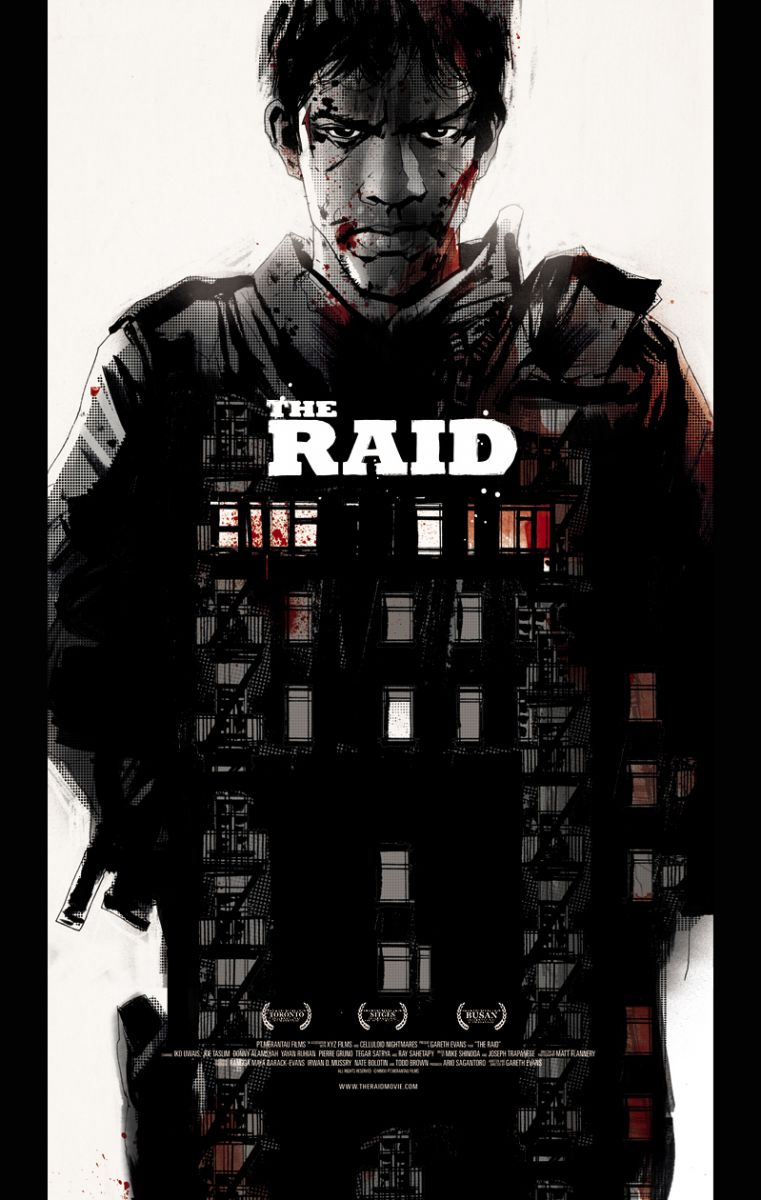 How did you go about assembling your cast and crew for the sequel?
How did you go about assembling your cast and crew for the sequel?
I used almost 90% of the same team that we worked with on Merantau as crew for this one. That shoot was so long we all became one big family, so I was eager to maintain as many of the relationships as possible. It was also very helpful that they understood my shooting style and the way I work so to have that support and understanding was key. In terms of casting, we used some people from Merantau, Iko and Yayan return of course, as both performers and choreographers, but we also cast Donny Alamsyah again who had a smaller role in Merantau, this time giving him the chance to throw more than just a couple of punches and kicks this time. The Raid, is much more action orientated than Merantau was, so the majority of cast is made up of fighters and stunt guys.
We conducted a national search for fighters and from around 400 auditions we cast almost 80 of them for The Raid. We also added key cast members such as Joe Taslim (a national Judo champion) to play the role of the SWAT team sergeant, with Ray Sahetapy and Pierre Gruno adding their wealth of experience to the film.
The film is very much a huge leap forward in terms of directing and action choreographing. It’s a lot more in your face, a lot more brutal and visceral, while still giving us the opportunity to see the beauty in the action.
Yes! A huge part of the process when designing any choreography is to understand the psychology of the character and the situation that he or she is in at that time. It won’t work if it’s just tonally more violent, it has to come from somewhere, to tell some story. In Merantau, the choreography is nowhere near as aggressive as it is in The Raid, for the simple reason that Iko’s character in that film is a far more pure peace-seeking innocent young man who is also on a spiritual quest. In that film, he would defend himself to a point while looking for the nearest exit from the situation, it lent itself to the choreography for Iko to parry hits and strike back fast and brief before attempting to ‘avoid’ the fight. As the film developed and the situations became more serious, it called for a tonal shift in the choreography as Iko’s character started to bring the fight to his attackers. There was a character arc in place for the choreography.
What makes The Raid a different experience entirely is that it is designed in such a way that the situation presented to the characters is a ‘kill or be killed‘ psychology, add to that that these are all men trained in lethal combat and you’re left with a very clean cut idea of how aggressive the choreography will be. In an attack situation, the SWAT team have no option than to make sure their opponents are left either writhing in pain on the floor with no way of getting back up, or simply dead on the ground.
Our shooting style changed significantly, we substituted the very long takes from Merantau, with a more intimate selection of shots, with the editing tightened to really showcase the choreography in its best light. The importance of maintaining the performers speed and power was a major factor in that decision and even though we were shooting in very restrictive, claustrophobic locations, I wanted to maintain a distance from the camera and the fighters.The choreography team spent a long time developing and staging the fight sequences featured in the film, so it’s my responsibility to make sure that we are showcasing each and every decision, not only in a shot wide enough to see the choreography in motion but also from the right angle to best accentuate each movement and each strike.
Now with the film taking place primarily in one location, the tenement block, with - I guess - the main set being redressed repeatedly as the team progress through the building, how did you set out to keep the action and pacing building, to keep things fresh?
Our art director Moti, did a superb job in mixing both real locations with studio sets so they would connect together seamlessly. One of our most basic ‘cheats’ was to write the room numbers on the doors in chalk, this way if suddenly needed to shift to a different floor, all we had to do was change the first number from 503 to 603 etc. We’d add some extra props and dressing, and designed the corridor so it could easily switch from a T-section design to an L-section and then also one long straight hallway. These changes are only minor, but they were important in helping us find new challenges and options for the choreography. The same way for the room designs, we didn’t stick to one basic box like structure.
We gave each its own specific shape and character, then for the 14th floor we treated it as one open plan drugs lab which gave us a little respite from the claustrophobia of the other floors, and allowing us enough space to run and spread out the choreography. We also built some two story sets with a set of rooms and also an atrium/courtyard-all of this was specifically designed to accommodate some of the choreography we had in place before we finalized our locations. It was very important for the film to remain visually interesting without losing that feeling of each room belonging to the same building.
What was your shooting schedule? What were you shooting with, how did you find using HD for action?
We shot for just under three months, one month less than we had on Merantau.The shoot was pretty intense, our shortest day was probably around 16 hours, and the longest was 26 hours, that was a pretty horrible day. We shot using the Panasonic AF100, it’s a DSLR style camera that has been developed to reduce and remove most of the pitfalls associated with the DSLR’s that are currently available. We used the AF100 with PL mounts so that we could use Zeiss 35mm Ultra Primes. In order to maintain a higher bit rate and 4.2.2 colour space we output from the cameras HD-SDI port into a Nanoflash external recorder. It’s a great camera and we really put it through a lot of tough low-light conditions.
We worked out some bugs and issues along the way, and by the end we were really happy with the results we were getting. Shooting action in HD for us is essential, being able to quickly transfer the files and edit the fights in full HD is such a valuable asset. It allows us to check each shot and each edit to tidy up as much as possible, to see if there are any clunky shots or jarring edits before we move onto our next scene or location. It also helps that we were only dealing with data storage which is relatively cheap, if we were using film stock, the amount of takes we do would cripple our budget. We went through over 8000 slates on this film.
What was the toughest sequence to shoot...and why?
To read the rest of this article and gain access to all previous articles you need to have a subscription to Impact Extra. Sign up to Impact extra now and get a one month free trial.
Impact Extra Subscription - One month free trial!
Unlimited & unrestricted access to all the Impact Extra content all the time.
Sign up now and get a one month free trial!
Find out more about Impact Extra
View Subscription Options



